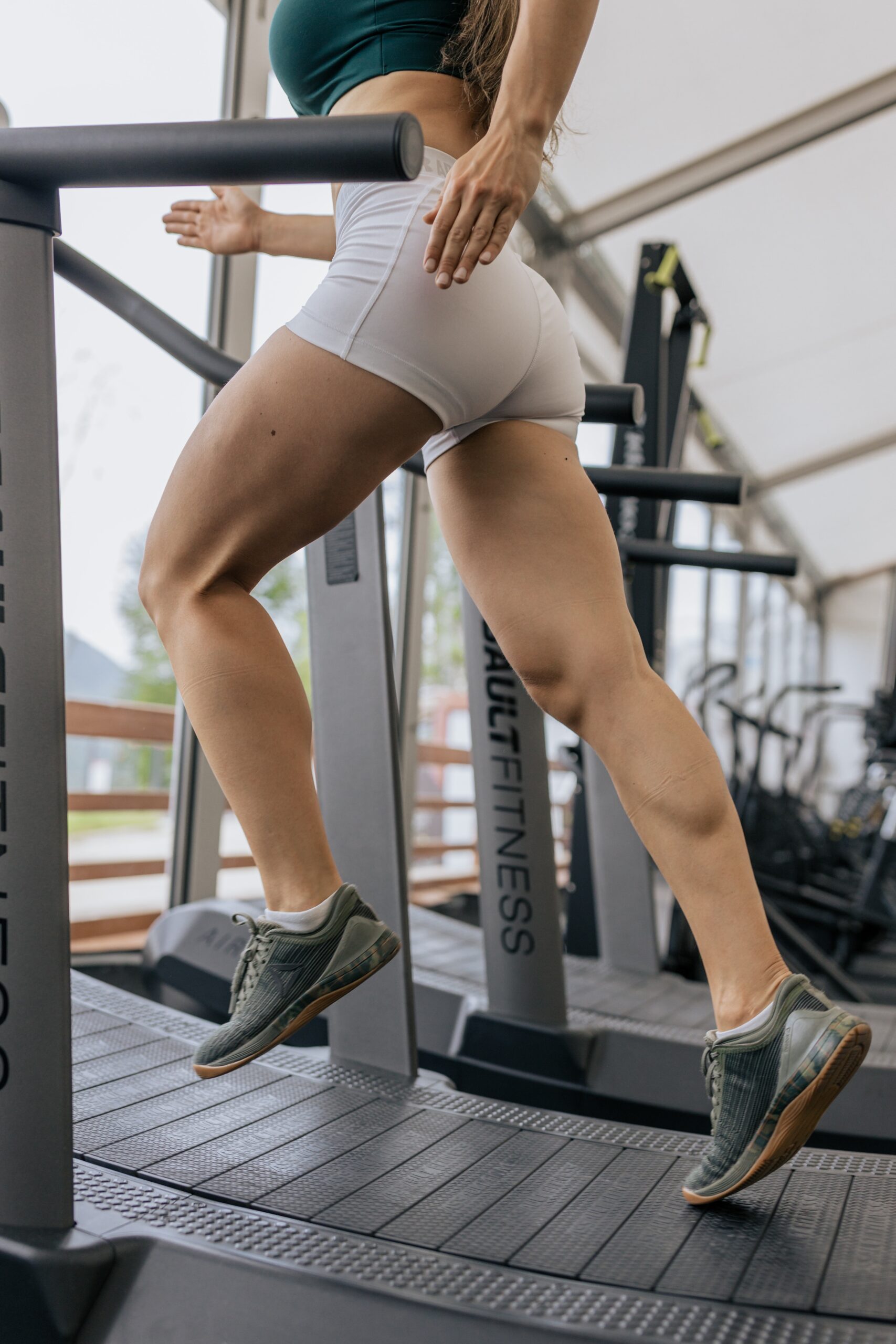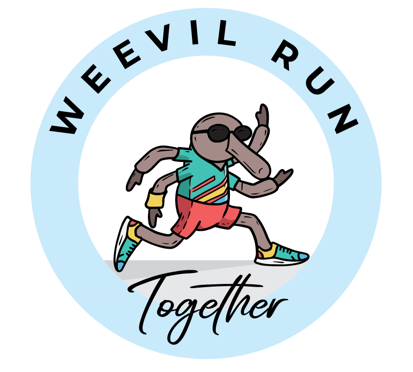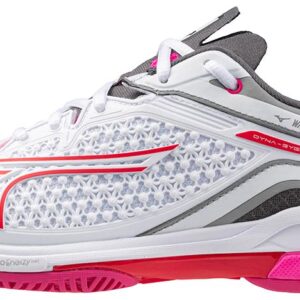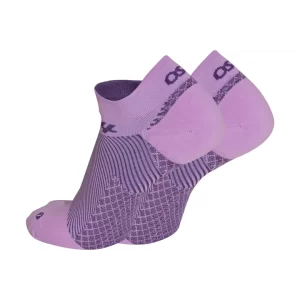Subtotal $164.94
Shoe Fitting Process
Why get fitted?
Walking is something that the average person probably doesn’t give much thought. It’s our most basic method of transportation, but an inability to walk or be mobile can drastically change a person’s life. It can impact our independence and also create significant health problems over both the short and long term. The number one reason that the average person will not begin a walking routine or start the journey to running is because of foot, leg, knee, hip or even back pain while doing these activities for long periods of time.
Did you know that 80% of running / walking / workout injuries are caused by wearing the wrong shoes? At most 50% of runners/walkers should be wearing a neutral shoe. If that’s the case why is it that 80% of shoes sold are not neutral? Come in and let us help you not become one of those 80%. Let us help you find the shoe that is going to get you moving in comfort.



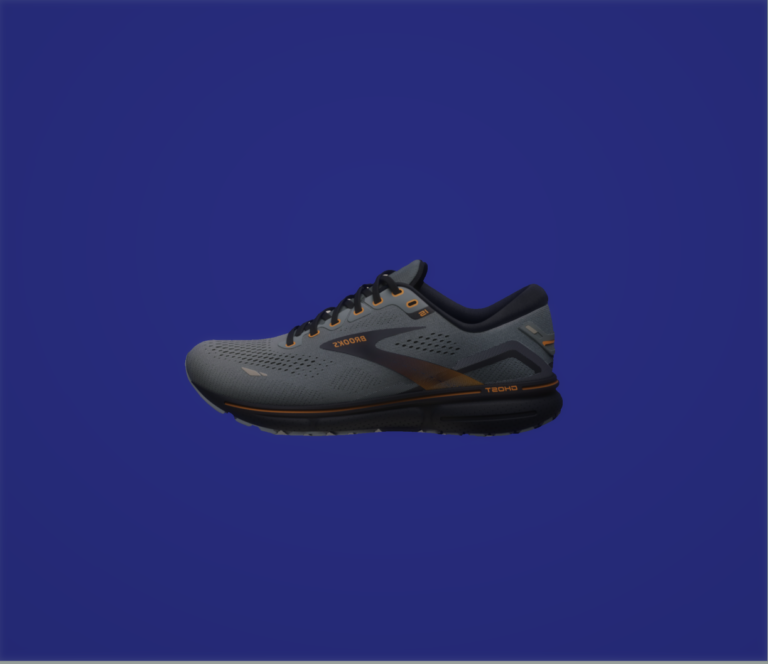
Our fitting process
Step 1: We start the fit process by asking you to tell us about you and your activities in order to find the right shoe for you. A few questions you might hear: Do you have any injuries? Do you use an insole or orthotic support? What activities are you currently doing: running, walking, cross fit?
Step2: We conduct a gait analysis. You’re probably thinking, what’s that? A gait analysis is one of the ways we determine which type of footwear may work best for you. One our of experts will watch and record you run or walk on a treadmill (or the ground if you prefer) in order to analyze what your feet are doing while you are moving.
Step 3: We assess your stride through different angles and also analyze your body position in different parts of the gait cycle. Then we boil all this information down into layman’s terms and show you how to make improvements in your running form. At Weevil, we believe in being a runner support system and in arming our customers with the right information to make every run more enjoyable. We love to run—and want our customers to love it, too
What is Video Gait Analysis?
While walking and/or running on a treadmill you are video-taped for 10-30 seconds. Replaying the tape in slow motion and stop motion, the basic mechanics of the foot, arch and ankle are observed and evaluated.
Why Video Gait Analysis?
Getting the right shoe is very important and Video Gait Analysis is a large piece of the process followed by a thorough explanation of footwear options and precise fittings. Many running injuries can be prevented when biomechanics and shoe mechanics are given the proper professional attention.
What are we looking for?
Neutral Gait:
A “neutral foot” is aligned from heel to knee and rolls to a neutral position.
Over Pronated Gait:
An “overpronated” foot shifts medially and needs additional support to stop the force of the ankle inward.
Severe Over-Pronation:
Over-pronation puts extreme strain on the various connective tissues of the foot, ankle and knee. If left uncorrected, over-pronation can lead to flat feet (falling arches), ankle & foot injuries, foot deformities (such as bunions and hammer toes) and heel pain.
Supinated Gait:
Supination (or underpronation) is the insufficient inward roll of the foot after landing. This places extra stress on the foot and can result in iliotibial band syndrome of the knee, Achilles tendinitis, plantar fasciitis. Runners with high arches and tight Achilles tendons tend to be supinators. Shoes will wear on the entire outside edge, and the side of the shoe becomes overstretched. If you place shoes on a flat surface, they tilt outward.
